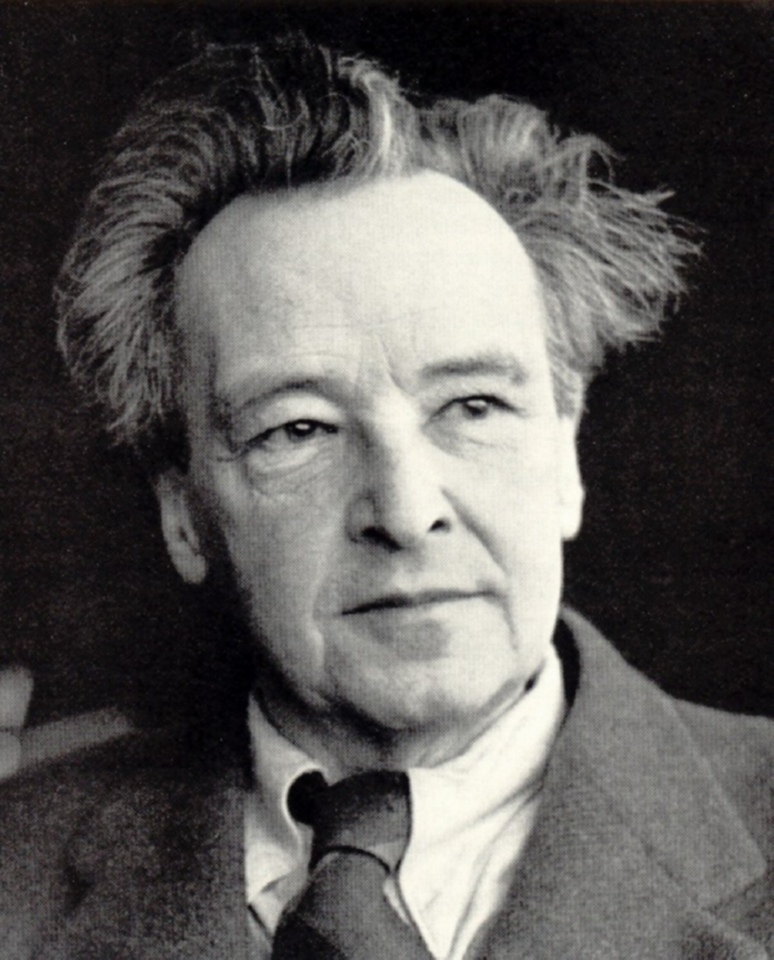
I wonder whether you recall that self-righteous little poem by Frances Cornford entitled, rather insensitively, To a Fat Lady Seen from the Train. My mother was fond of quoting the lines, “O why do you walk through the fields in gloves, Missing so much and so much?”
Frances Cornford (née Darwin) was a female poet of modest achievement whose father, the botanist Sir Francis Darwin was a son of the famous Charles. Her husband somewhat confusingly, was also named Francis.
Anyway, the verse came to mind the other day, when I was reflecting on my train journey to Chiang Mai several years ago. There’s something evocative and emotive about trains. Few other forms of travel heighten the temporal nature of the things around us. If the train goes slowly enough, which the one to Chiang Mai certainly does, you can gaze at the locals going about their daily work, unaware of your attention. Then they pass from view and you realise that your paths in life will never run so close again. Perhaps you’ve also felt that kind of melancholy, fleeting sense of loss.
The French of course, are proud of their super-fast TGV trains. The composer Michael Nyman even wrote a piece of music about them in 1993 to celebrate the inauguration of the Paris-Lille TGV Service. Arthur Honegger adored trains and once said, “I have always loved locomotives passionately. For me they are living creatures and I love them as others love women or horses.” I don’t know about you, but I think that sounds a bit creepy.
Honegger was born in the French coastal town of Le Havre, where his Swiss father imported coffee, probably from Brazil. Although in later life Honegger wrote a massive amount of music including three concertos, five symphonies and nearly twenty ballets, he’s perhaps best-known these days for his music about a train, or to be more exact, a locomotive.
The Pacific was an American steam locomotive and as any train buff will tell you, locomotives are classed by their wheel arrangement. In Britain and America, the Pacific would be designated as a 4-6-2, meaning that it has four pilot wheels, six driving wheels, and two trailing wheels. The French of course, have to be different and count the axles rather than the wheels, hence the numbers 2-3-1.
Honegger apparently wrote the piece as an exercise in building momentum and originally called it rather prosaically Mouvement Symphonique, giving it the name Pacific 231 only after it was finished.
Written in 1923, it must have taken audiences aback with its jarring harmonies, angular melodic fragments and abrasive percussion. It certainly gives a vivid impression of a monstrous locomotive thundering down the tracks. This video is virtually a re-make of Jean Mitry’s French 1949 classic movie, which used Honegger’s music as the sound-track.
Several other classical works have been inspired by trains. There’s a tricky piano piece by Vladimir Deshevov called Rails and the French composer Charles-Valentin Alkan wrote a fiendishly difficult piano piece called Le Chemin de Fer. It was written in 1844, only sixteen years after the appearance of Stephenson’s Rocket, perhaps a slightly optimistic name for a locomotive whose maximum speed was a stately 28 mph.
The Danish composer Hans Christian Lumbye wrote a jolly romp called Copenhagen Steam Railway Galop and in total contrast, there’s the haunting Different Trains, by Steve Reich scored for string quartet and electronic backing tape. But I don’t think it’s quite to your taste.
You might even recall the film Night Mail, a 1936 documentary about the mail train from London to Scotland. W. H. Auden wrote a poem for it (the film I mean, not the train) and Benjamin Britten wrote some music. It starred a locomotive known as the Royal Scot 6115 Scots Guardsman (a 4-6-0 since you asked). And here’s an interesting connection; the film’s sound director hailed from Brazil – as does one of the best-loved pieces of train music. But it’s a very different train to Honegger’s snarling Leviathan.
Between 1930 and 1945, Villa-Lobos wrote Bachianas Brasileiras, a series of nine suites for various combinations of instruments and voices, which blended features of the European Baroque with folk melodies of Brazil. This charming little railway piece comes from the second suite and the title refers to the local trains of the Brazilian countryside.
And by the way, the poet G. K. Chesterton, who coincidentally was married to someone called Frances, wrote an amusing rebuke to Frances Cornford. It was a short poem called The Fat Lady Answers. But I shall leave you to seek it out for yourself, if these things interest you.
 |
 |
 |





